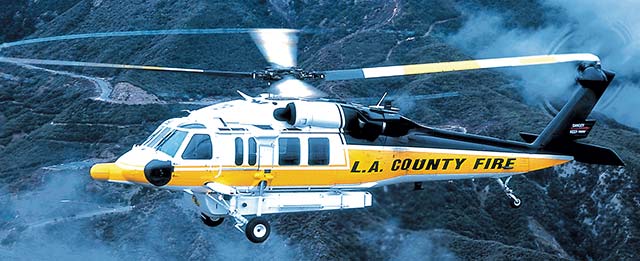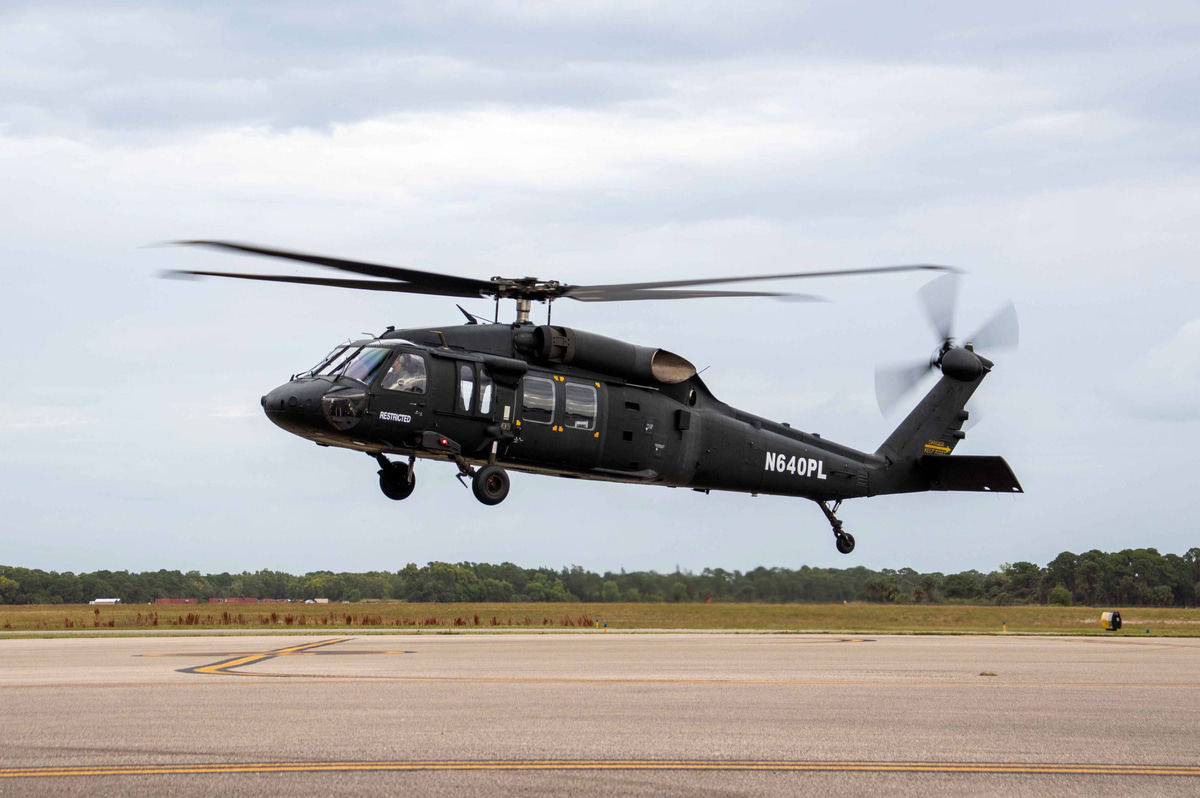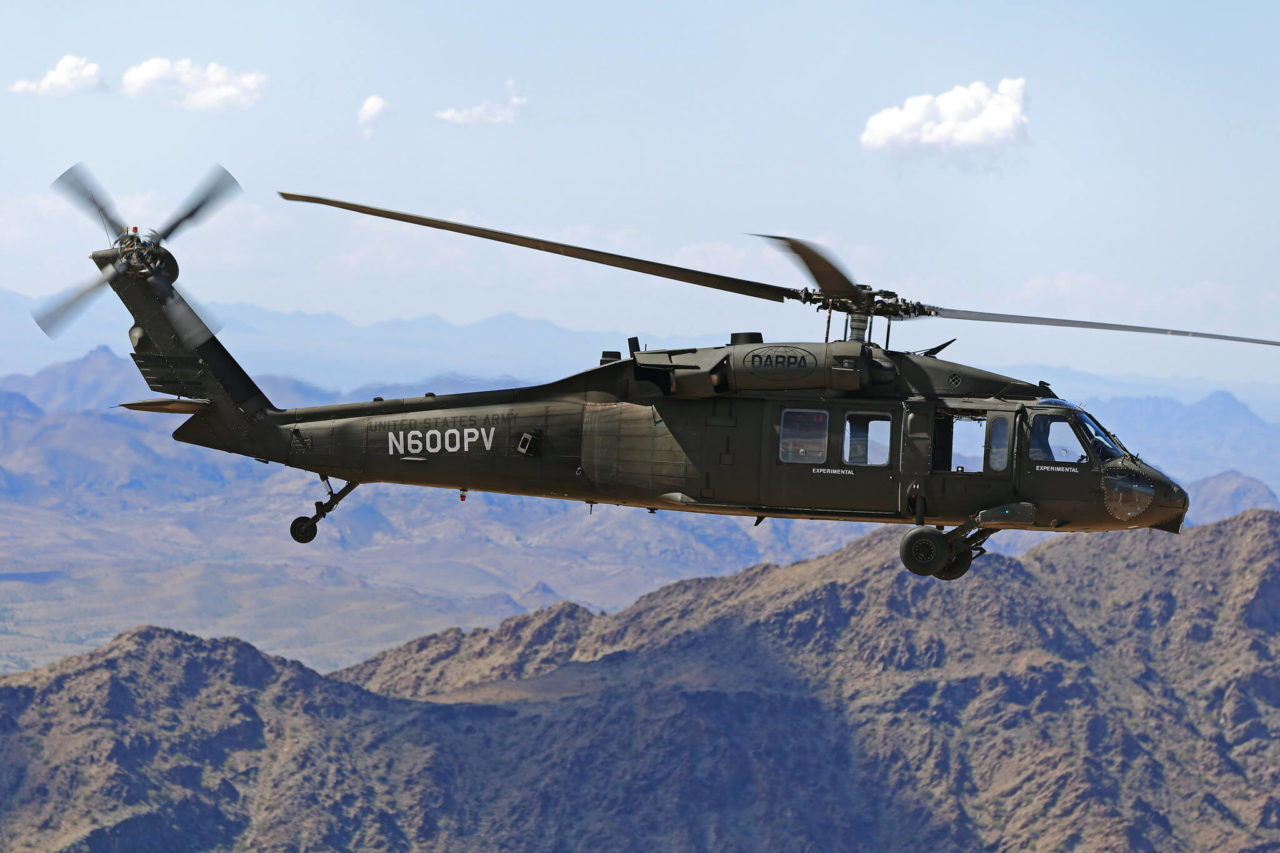High-Performance Multi-Role Rotorcraft Featuring Advanced Cabin Technologies and Integrated Sensing Unit Solutions
The world of rotorcraft technology has actually seen significant improvements in recent times, especially in the world of high-performance multi-role rotorcraft geared up with cutting-edge cabin technologies and flawlessly integrated sensor systems. In the complying with discussion, we will certainly check out the development of rotorcraft innovation, delve right into the realm of advanced cockpit advancements, and take a look at the effects of integrated sensing unit systems on the functional adaptability and performance of contemporary rotorcraft.
Development of Rotorcraft Modern Technology
The development of rotorcraft modern technology has been marked by considerable improvements in the rules of aerodynamics, materials, and propulsion systems, shaping the capacities and performance of modern rotorcraft. Wind resistant improvements have improved the performance and maneuverability of rotorcraft, enabling for raised speed, dexterity, and stability throughout trip (sikorsky s 70). Innovations in materials, such as using composite products and progressed alloys, have actually caused lighter yet more powerful rotorcraft frameworks, improving overall performance and longevity. Additionally, developments in propulsion systems, including more effective engines and ingenious propulsion modern technologies, have actually allowed rotorcraft to accomplish greater altitudes, faster speeds, and higher hauls.
These advancements have not only transformed the abilities of rotorcraft however have also broadened their applications across various sectors, consisting of armed forces, industrial, and emergency solutions. The constant advancement of rotorcraft innovation remains to drive advancement in the area, pressing the limits of what is possible and forming the future of vertical flight.
Advanced Cabin Innovations
Structure upon the foundational advancements in aerodynamics, products, and propulsion systems, the realm of rotorcraft modern technology now moves focus in the direction of pioneering Advanced Cabin Innovations. The integration of innovative technologies within the cabin setting plays a vital role in boosting the functional capabilities, safety and security, and effectiveness of modern rotorcraft. sikorsky s 70. Advanced Cabin Innovations include a wide variety of attributes made to supply pilots with enhanced situational understanding, structured data management, and user-friendly control user interfaces
One of the key advancements in cabin layout is the execution of glass cockpits, which replace traditional analog determines with high-resolution screens. These electronic systems offer personalized designs, real-time information integration, and improved readability, making it possible for pilots to gain access to essential info at a glimpse. Progressed avionics systems, such as fly-by-wire controls and boosted fact screens, are changing how pilots connect with the aircraft, enabling for accurate control and improved decision-making abilities.


Including innovative cockpit innovations not only improves pilot performance yet additionally adds to general mission performance and security in complex functional settings. By leveraging modern innovations within the cabin, rotorcraft suppliers are establishing new standards for functional excellence and objective success.
Integrated Sensor Solutions
With the evolution of rotorcraft modern technology, the integration of innovative Integrated Sensor Systems has actually ended up being critical in boosting operational performance and security. These Integrated Sensor Equipments encompass a vast variety of modern technologies that supply crucial information for numerous functions such as navigating, surveillance, targeting, and ecological monitoring. By flawlessly integrating sensing units like radars, cameras, lidar, and infrared systems right into rotorcraft, operators can gain from improved situational understanding, boosted objective capabilities, and decreased pilot work.
One key benefit of Integrated Sensor Equipments is their ability to gather real-time information and provide actionable understandings to pilots and goal operators. Advanced radar systems can discover and track targets over long ranges, allowing for early risk discovery and effective action preparation. In addition, integrating infrared and electro-optical cameras enables rotorcraft to conduct reconnaissance and surveillance goals with precision and accuracy.
Essentially, the assimilation of advanced sensor innovations right into rotorcraft not just enhances operational effectiveness but also contributes dramatically to total goal success and staff safety and security. As rotorcraft continue to evolve, the role of Integrated Sensing unit Equipment will definitely stay at the leading edge of development in the aerospace industry.
Operational Adaptability and Effectiveness
Enhancing operational convenience and efficiency in rotorcraft is an all-natural development from the combination of advanced Integrated Sensor Systems. By leveraging the information and understandings supplied by these advanced sensor systems, rotorcraft can maximize their performance throughout numerous objectives and settings.
Operational adaptability incorporates the capacity of rotorcraft to adjust to various duties and scenarios successfully. With sophisticated cockpit technologies and incorporated sensor systems, rotorcraft can perfectly shift between jobs such as search and rescue, medical discharge, security, and a lot more. This flexibility boosts the rotorcraft's ability to meet varied operational demands without needing comprehensive reconfiguration.
Efficiency in rotorcraft procedures is important for optimizing objective effectiveness and source utilization. Integrated sensor systems play a crucial duty in boosting operational effectiveness by offering real-time information on weather condition problems, terrain mapping, target tracking, and more. This information enables pilots to make educated choices quickly, maximize flight paths, save fuel, and improve total mission efficiency.
Influence On Modern Aeronautics Procedures
 important source 70
important source 70"/>
Moreover, the integration of innovative sensors facilitates enhanced mission planning and implementation, allowing rotorcraft to perform a wide variety of tasks with enhanced accuracy. From search and rescue procedures to aerial firefighting and police missions, the capacities of modern rotorcraft furnished with innovative cockpit innovations and integrated sensor systems are unmatched.
Furthermore, the impact of these developments expands beyond functional performance to cost-effectiveness and sustainability. By maximizing trip routes, fuel usage, and read review maintenance routines, high-performance rotorcraft outfitted with advanced cockpit innovations and sensors add to minimizing functional prices and environmental impact, making them vital assets in modern aeronautics operations.
Final Thought
In verdict, the high-performance multi-role rotorcraft with advanced cockpit modern technologies and incorporated sensing unit systems stands for a substantial development in air travel modern technology. These innovations enhance functional flexibility and effectiveness, eventually affecting modern-day aviation operations in a positive way. The integration of these sophisticated modern technologies enables improved capabilities and efficiency in different mission scenarios, showcasing the proceeded innovation of rotorcraft modern technology in the aviation sector.
The world of rotorcraft modern technology has seen remarkable developments in recent times, particularly in the world of high-performance multi-role rotorcraft equipped with advanced cockpit technologies and flawlessly incorporated sensing unit systems. From boosted objective flexibility to improved functional efficiency, the convergence of innovative cockpit technologies and integrated sensor systems has ushered in a brand-new age of possibilities for rotorcraft applications. In the complying with conversation, we will discover the advancement of rotorcraft modern technology, dive into the realm of sophisticated cockpit advancements, and analyze the implications of incorporated sensing unit systems on the functional flexibility and performance of contemporary rotorcraft.
